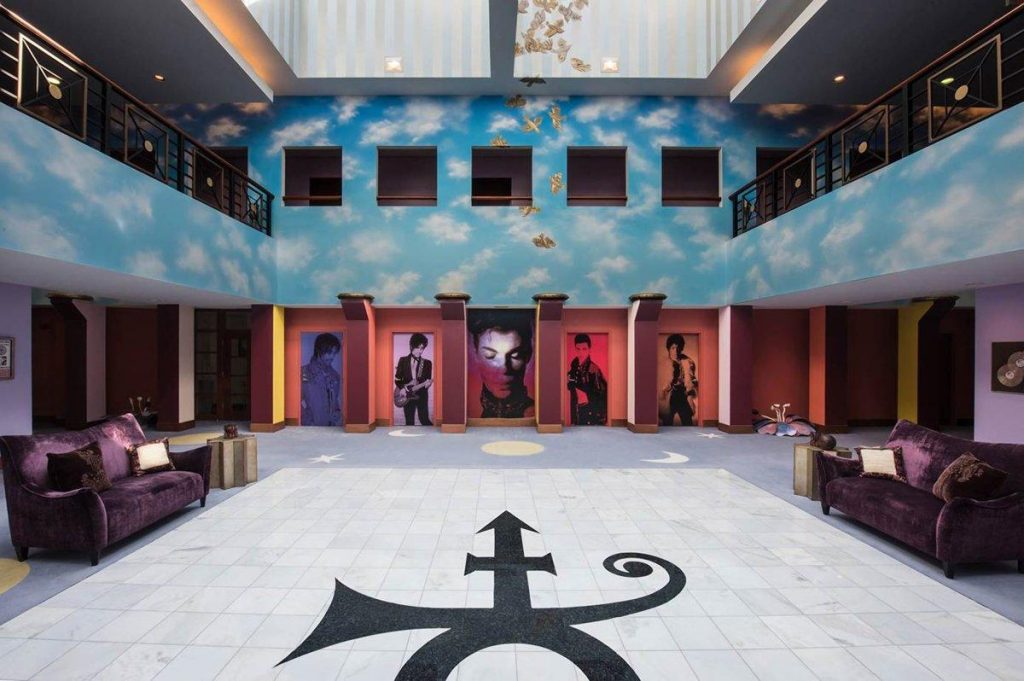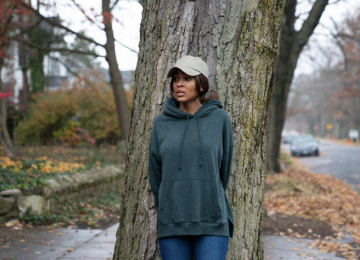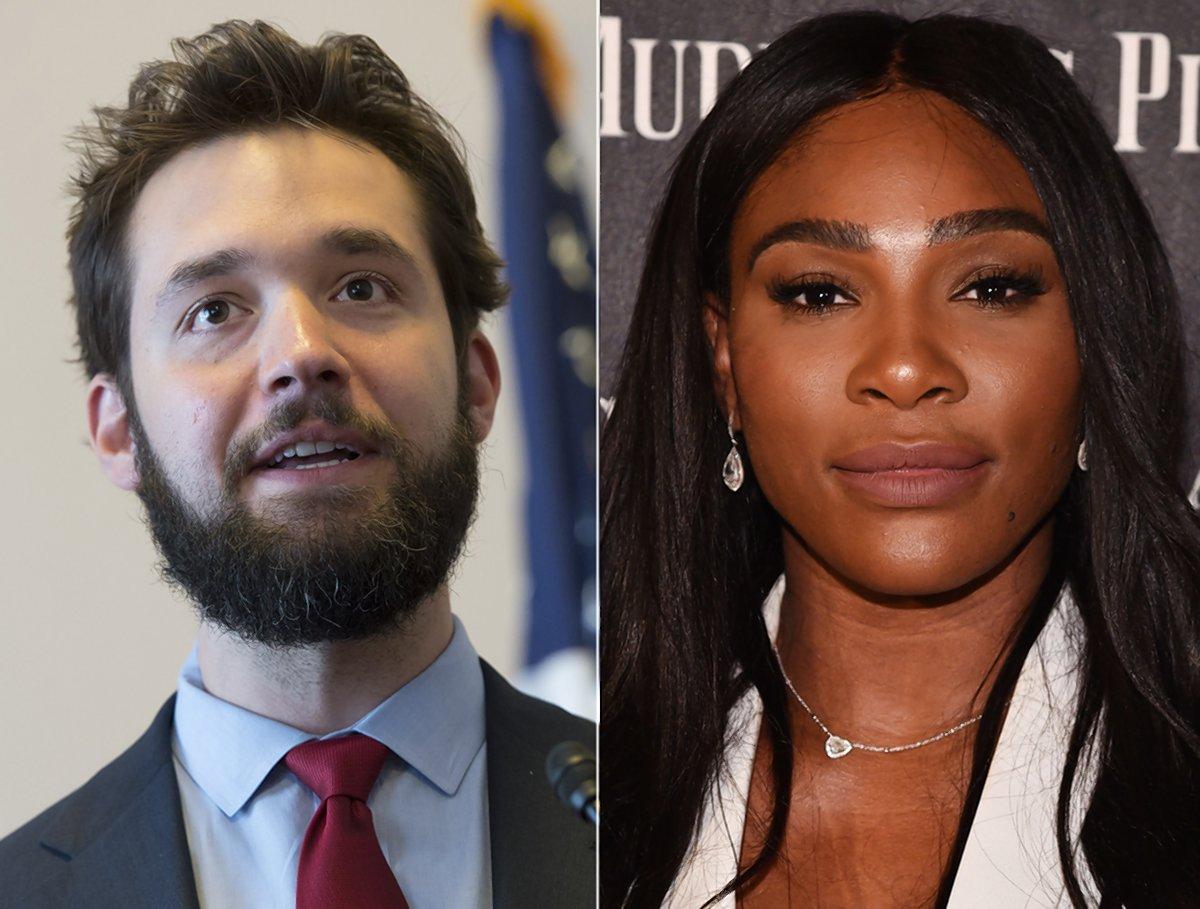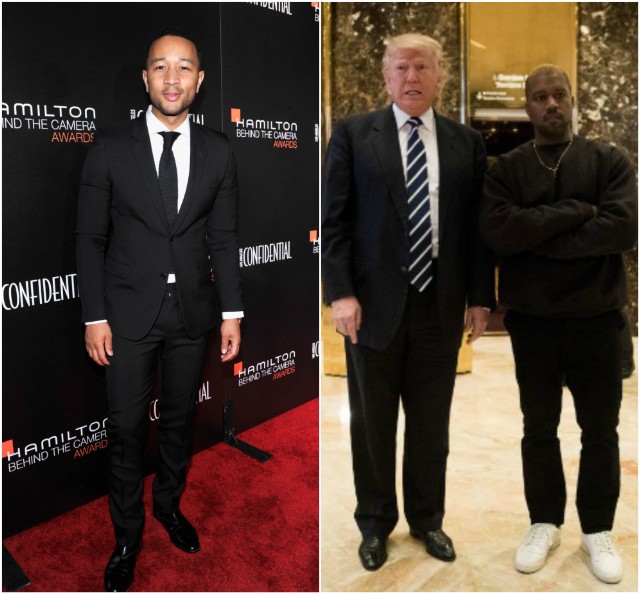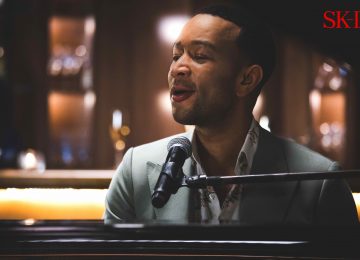It’s official: Prince’s Paisley Park is now a museum.
The Chanhassen City Council in Minneapolis voted unanimously Monday night (Oct. 24) to rezone the late superstar’s home and studio, meaning the iconic complex can stay open for public tours on an ongoing basis.
Paisley Park has taken tours on a temporary basis over the past month while concerns about traffic and pedestrian safety were reviewed (council members have called for an ongoing traffic study, according to the Star Tribute).
The city initially granted temporary permits to Bremer Trust, which is handling Prince’s 65,000-square-foot facility. But the council’s 5-0 vote has removed any doubt over future plans for the Purple One’s property, which served as a production studio and creative getaway (and sometimes performance and party venue).
Following Monday’s vote, museum management have announced tickets are on sale for tour dates through December 2016, with visits resuming Oct. 28. Tours for 2017 are expected to go on sale by mid-November, according to a statement on the Paisley Park website.
Graceland Holdings, which runs Elvis Presley’s Graceland in Memphis, Tennessee, is managing the museum for the Prince estate.
“I think the city was very thoughtful in what they did,” said Joel Weinshanker, managing partner of Graceland Holdings. “Prince’s museum is going to outlive us all.”
Many of the rooms in Paisley Park have been preserved as the Hall of Famer left them before he passed away in April from an accidental drug overdose. The handwritten notes he left behind while he worked on a yet-to-be-released jazz album are on display in his studio, as are his awards, outfits, instruments, artworks and motorbikes.
Guided tours of the property include an extensive tour of the main floor that houses the recording and mixing studios where Prince developed most of his biggest hits, along with tours of his video editing suite, rehearsal rooms, private NPG Music Club and personal soundstage/concert hall where he hosted private events and shows.
The museum is expected to draw 600,000 people each year.


